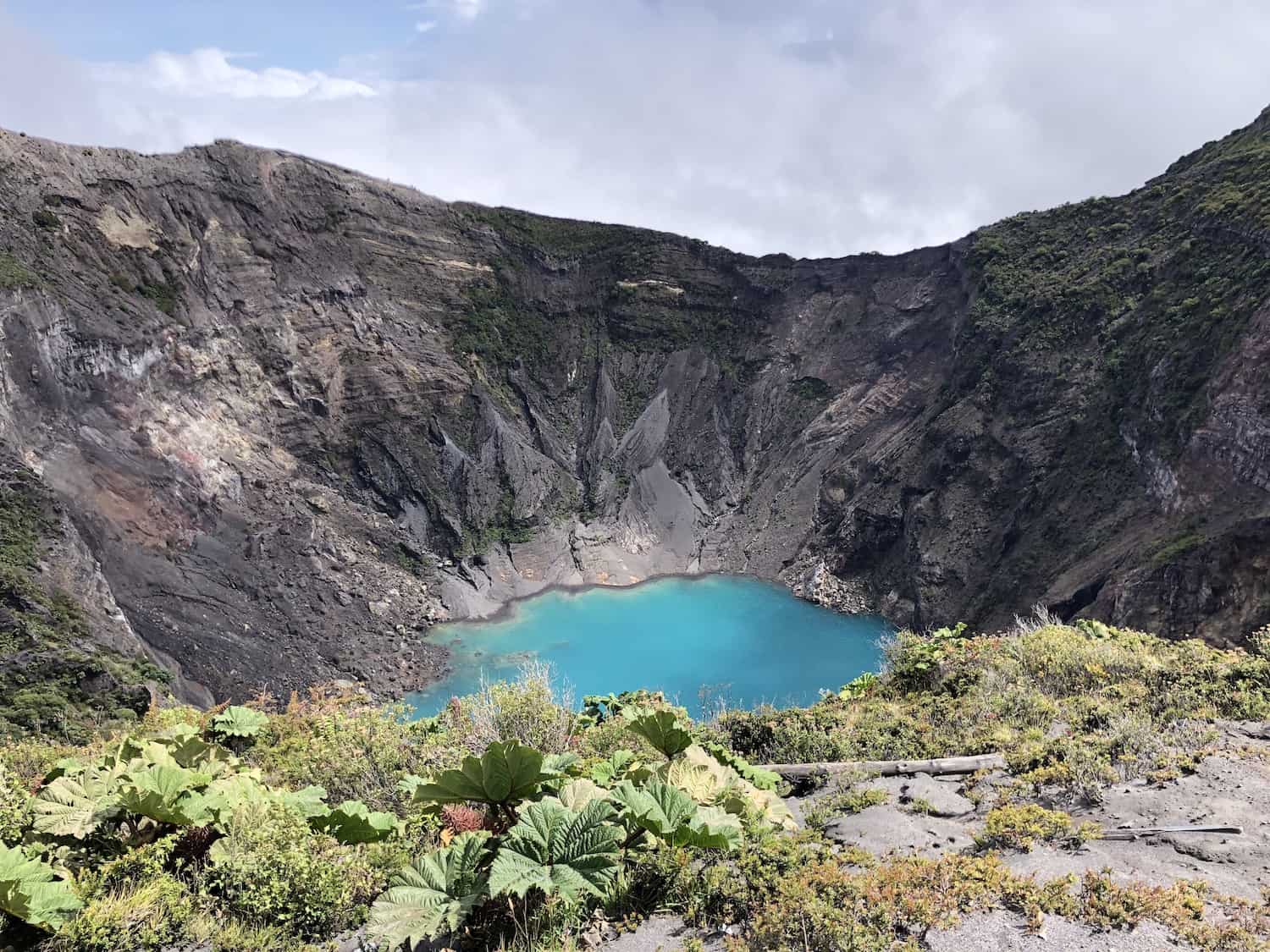Over the years, Costa Rica has implemented policies to ensure everyone can enjoy the beauty of its National Parks and protected areas. As a country that prides itself on sustainable tourism, it was only logical to make it accessible for all.
Currently, twelve areas can be easily accessed, as reported by the National System of Conservation Areas (SINAC).
Cahuita can be accessed by elevated trails. It is possible to reach the beach with the walkway in Playa Blanca and in Puerto Vargas, the Cativos trail that goes to the Casona. The plastic walkway in Playa Blanca is 350m long and has a resting place. Meanwhile, the Cativos trail in Puerto Vargas is 2km long and has three resting stations.
An amphibious chair can also be used in coordination with the Park’s authorities.
This National Park has a 1,172m long universal trail, several wheelchairs, walkers, crutches, and canes. There are animal figures on the track, so visually impaired people can feel the shape of some of the fauna in this area. In addition, there is a haptic map, information in Braille, accessibility ramps for parking, restrooms, visitation areas, observation bays, tactile tiles, and curbs.
Poás has the “Poor Man’s Parasol” trail, 800m long, with three wheelchairs available for those who require them. Access to this Protected Area is open for all people, including people with disabilities.
It has an elevated trail, “El Manglar,” of 726m distance, which ends up at the beach where visitors can find the accessible walkway of 164m to enter the sea. There are ten resting points on the path, all with interpretive signage of the site. For reservations of the amphibious chair to enter the sea, call 2777-5185.
Santa Rosa offers tourists the “Indio desnudo” trail of 580m, with stop sites every 100 meters, easy-to-read interpretative signs, and QR codes with audio that indicate the interpretation of the trail. There are also tactile tiles and curbing for ease of movement. The footprint of the trail is made of porous concrete with some gentle slopes.
Rincon de la Vieja National Park
In the Rincón de la Vieja National Park, Pailas sector, there is a 1km section where the trail is made of concrete with slight slopes. With railings along this course section, travelers will reach the viewpoint and find a bench at the trail’s end.
This volcano features a trail that leads to the main crater viewpoint and to the Diego de la Haya crater, which is accessible to all people, and the infrastructure has ramps leading from the main boulevard to this site. There are also restrooms and a cafeteria complying with Law 7600.
La Cangreja National Park has an accessible trail to reach the viewpoint, adapted for everyone.
Caño Negro National Mixed Wildlife Refuge
It has an accessible dock (the first in the country and Central America), which allows accessibility for people with reduced mobility and other types of disabilities so they can take tours in the wetland.
Also, there is a water trail, “Los Chocuacos,” of 800m. The visitor center is accessible, and local companies in the community have modified boats to provide service to people with limited mobility.
Gandoca-Manzanillo National Wildlife Refuge
The National Refuge, specifically in the Manzanillo sector, has a 5km trail from Manzanillo to Gandoca with a 12m access ramp leading to the viewpoint. There is also a walkway in the forest on stilts that measures 3m.
There are two wheelchairs available, which can be used with prior coordination with the area’s administration.
In the Peninsula sector, guests will find the 1.2 km long Sendero Los Miradores trail, open to all people, including those with reduced mobility. The protected area has one wheelchair to be used if necessary.
Junquillal National Wildlife Refuge
Junquillal became the first accessible beach in the province of Guanacaste on December 3, 2022. It has four picnic tables with wheelchair access and a 100-meter walkway for people with disabilities to enter the sea through the beach. An aquatic wheelchair is also available on-site.






